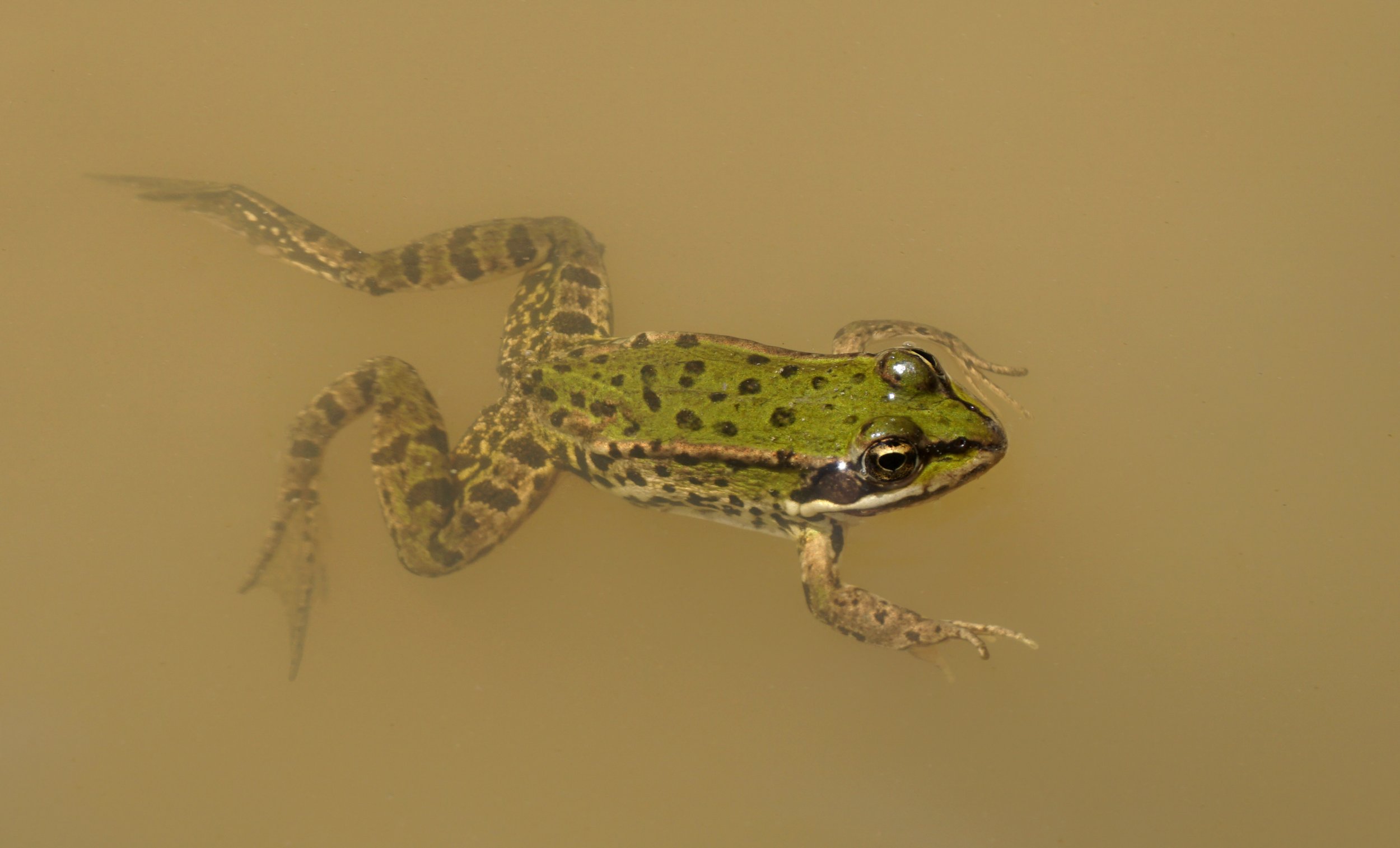
The ability to regenerate damaged organs and limbs is chief among the many intriguing traits that amphibians possess. Newts and salamanders can grow new hearts and tails. The cells that bud at the start of new limb growth can continue the process even when they are attached to another animal. African clawed frogs, known to scientists as Xenopus laevis, are not equipped to the same extent but can regenerate some limb and skin following wounds. And they do it without scarring.
Mammals cannot do any of this. When humans are wounded, our skin regenerates but not completely, which is why we have scars. Different parts of our skin have different healing capacities; chest skin often scars more severely than leg skin, for example. Avoiding scars, particularly following serious injuries, has long been a quest of medical research.
How, exactly, Xenopus frogs accomplish scarless skin regeneration is a mystery. Now, researchers from Tohoku University in Japan have uncovered a new clue. The finding could lead to better techniques for treating burns and other traumatic skin injuries, and wound healing after surgery.
To study cell regeneration in Xenopus frogs, the researchers bred a group of the animals with a fluorescing protein labeling subcutaneous tissue; that is, fatty skin cells beneath the outer, surface layer known as the dermis. Because these cells were glowing, the researchers could see that they contributed to wound healing. They also found that skin on the head, which covers bone rather than muscle, could also regenerate without scarring. The findings were reported this week in Developmental Dynamics.
Knowing that subcutaneous tissue is crucial to scar-free wound healing in Xenopus frogs means researchers can now try to identify the exact mechanism in those cells that leads to such regeneration. If they can figure out how the frogs do it, then scientists could adopt the technique to create regenerative skin structures that will not scar in people.
This research, conducted by biochemist Rina Otsuka-Yamaguchi and colleagues, is not the first time that African clawed frogs have yielded secrets. Xenopus frogs were once commonly used to confirm pregnancy with a strange technique known as the Hogben test, for its inventor, British zoologist Lancelot Hogben. Female frogs injected with urine from a possibly pregnant woman would begin ovulating overnight if the urine contained human chorionic gonadotriphin, a pregnancy hormone. More recently, Xenopus frogs were found to carry a deadly fungus responsible for wiping out dozens of amphibian species around the world.
The study does not have any implications for healing emotional scars.
Uncommon Knowledge
Newsweek is committed to challenging conventional wisdom and finding connections in the search for common ground.
Newsweek is committed to challenging conventional wisdom and finding connections in the search for common ground.
About the writer
Jessica Wapner is the science editor for Newsweek. She works with a talented team of journalists who tackle the full spectrum ... Read more
To read how Newsweek uses AI as a newsroom tool, Click here.








